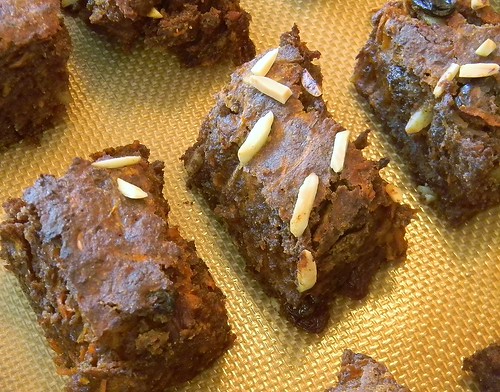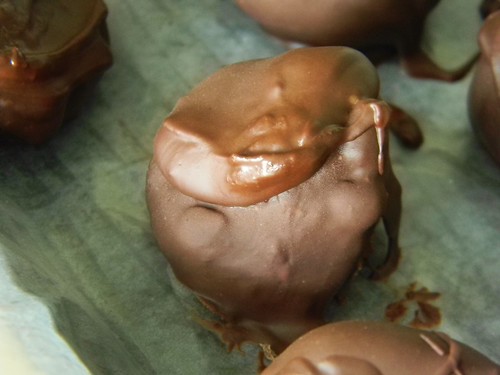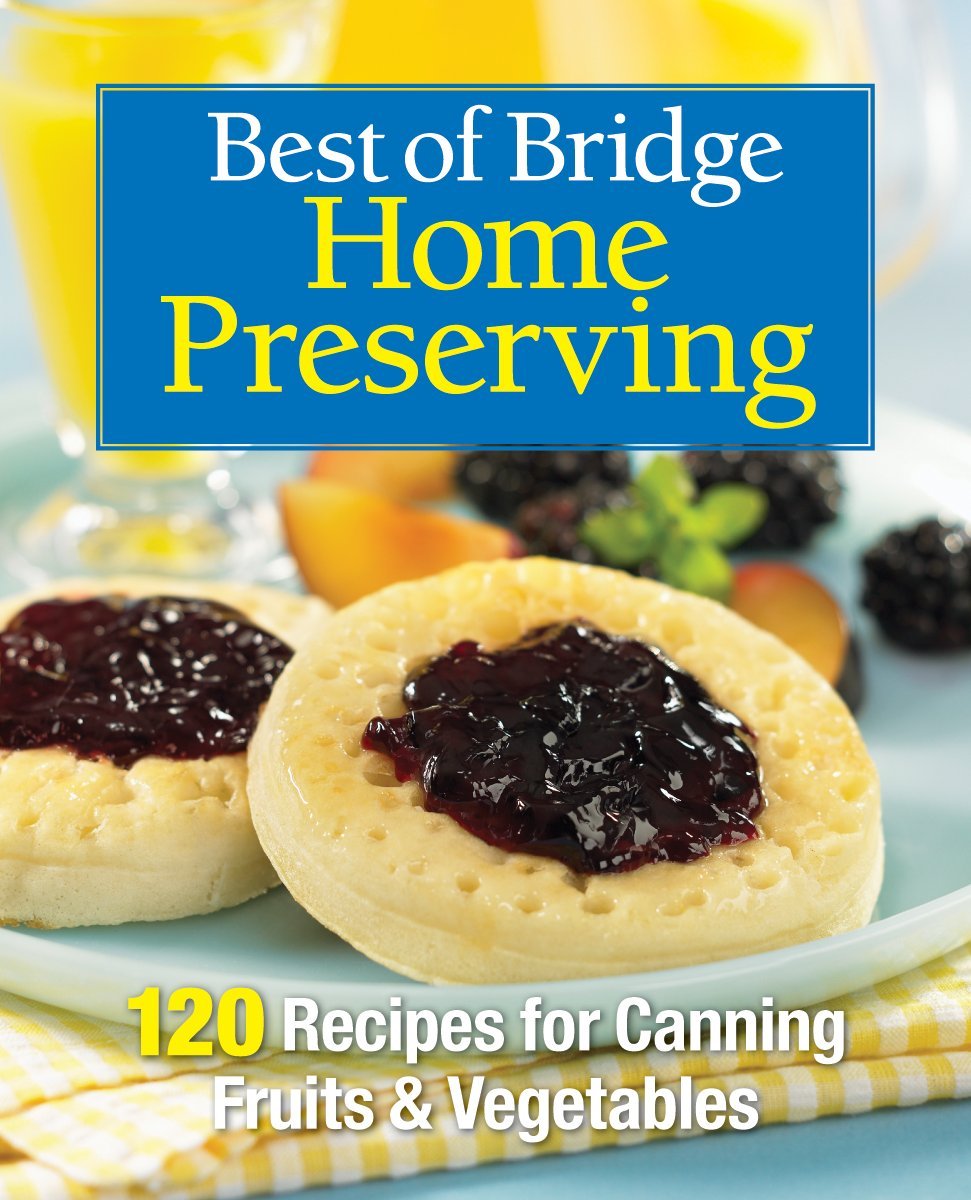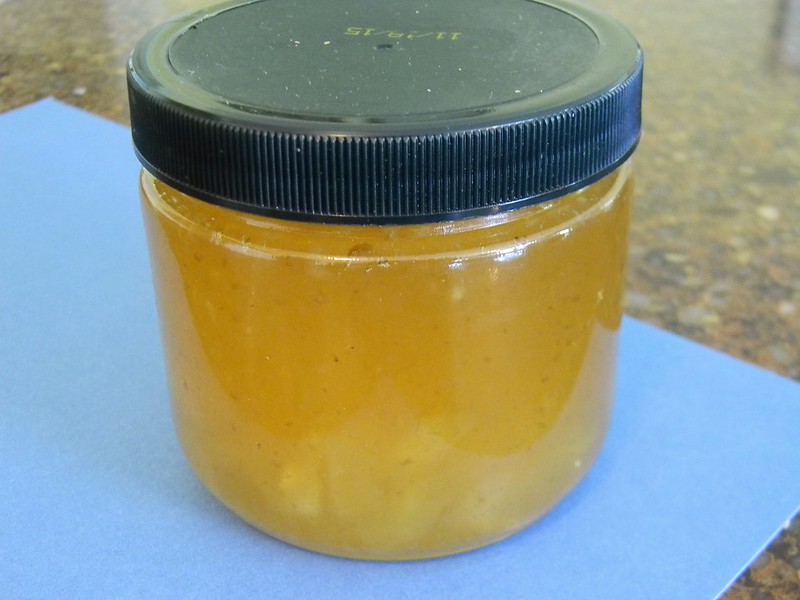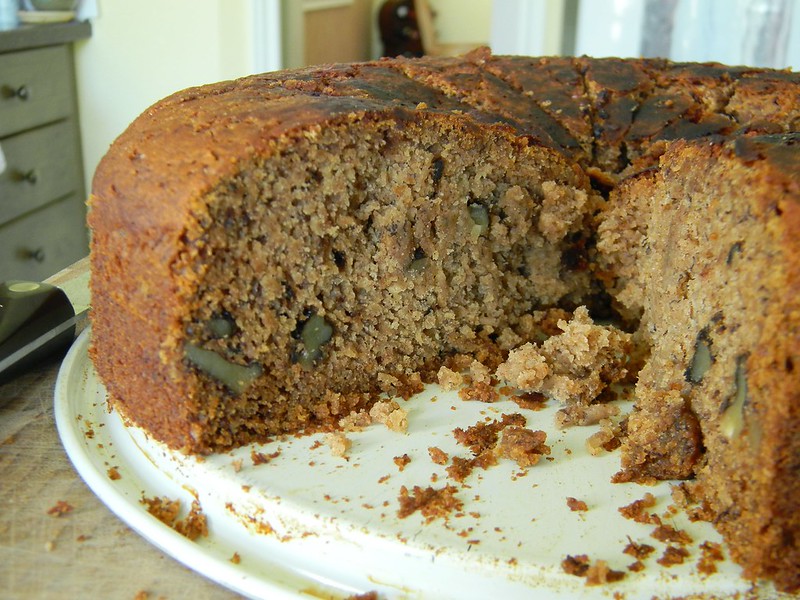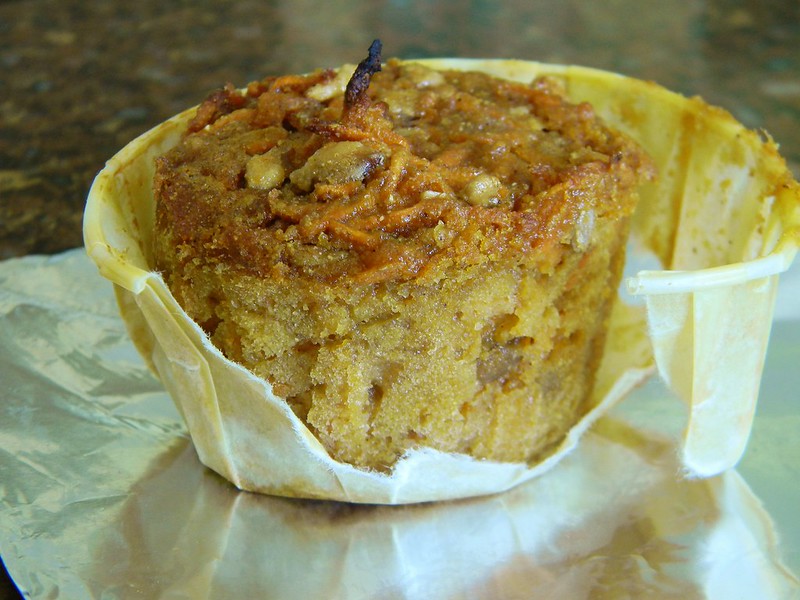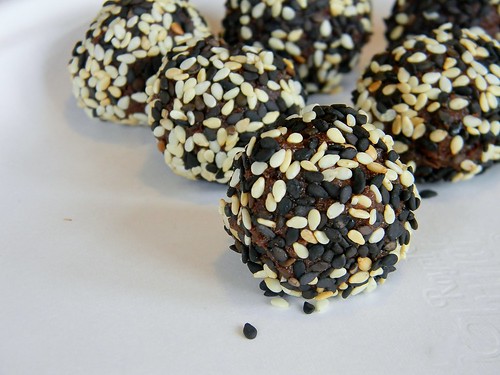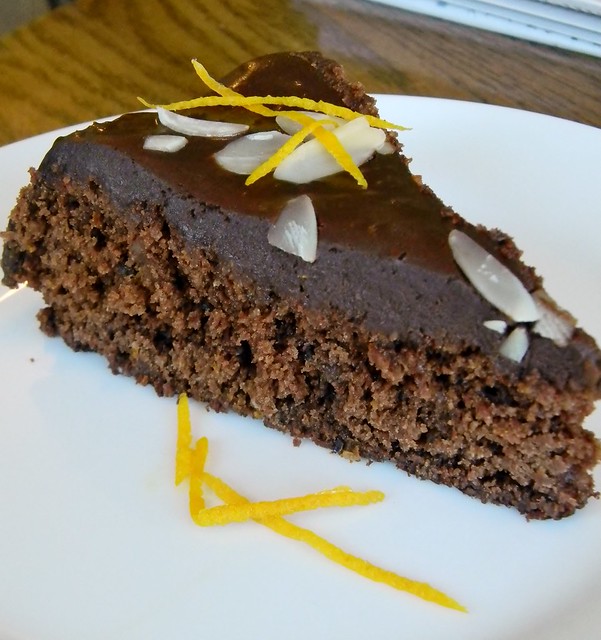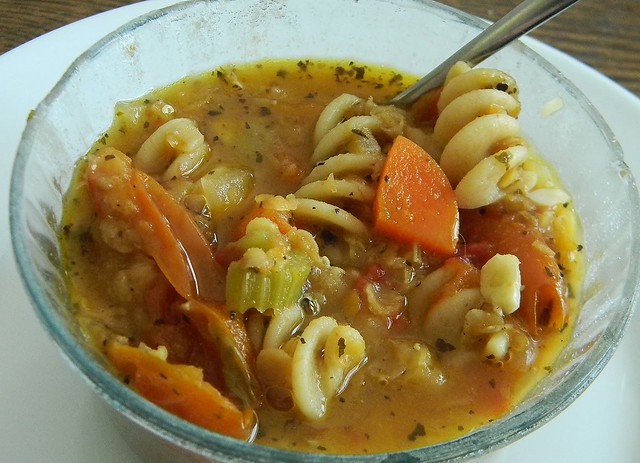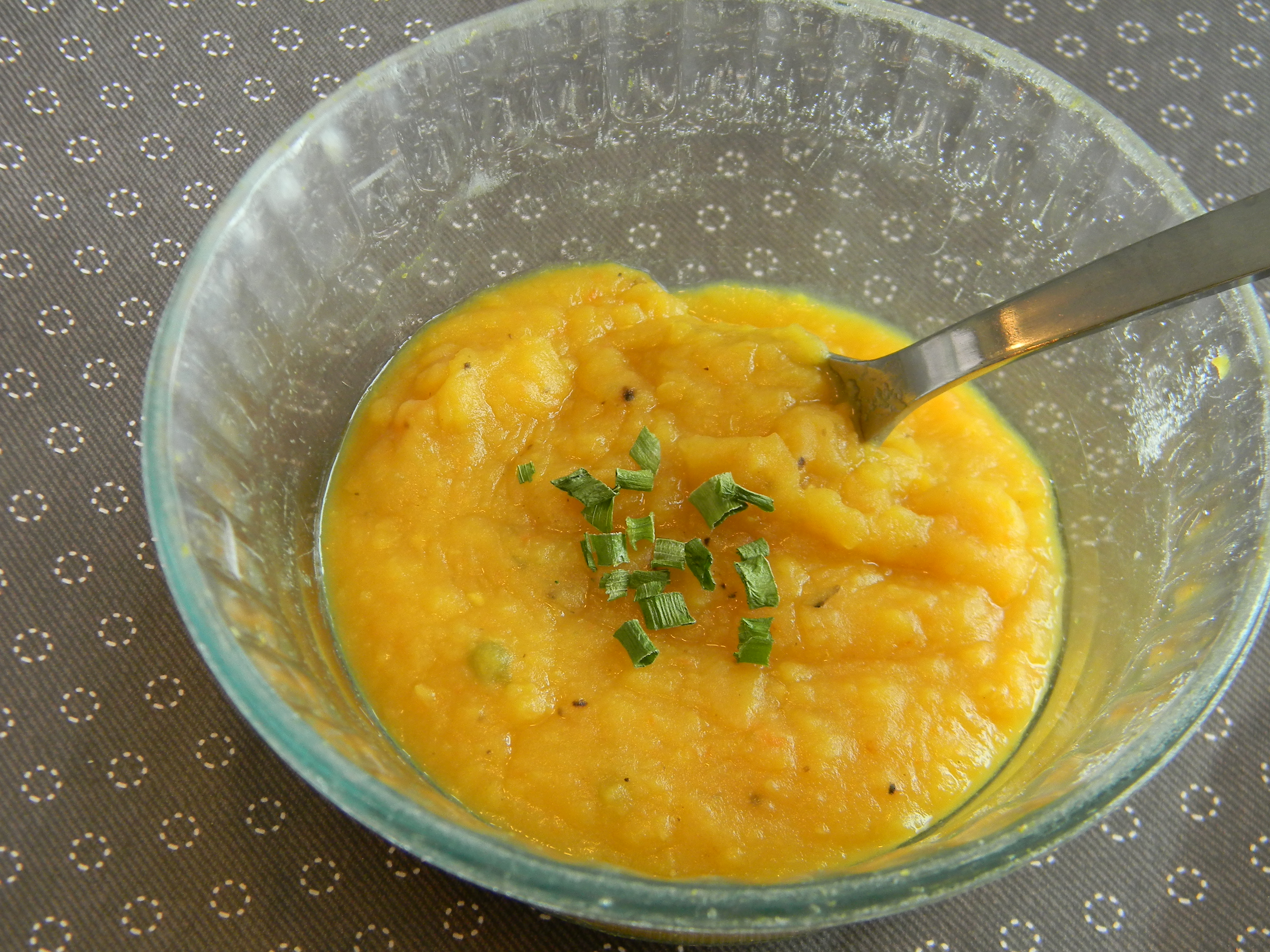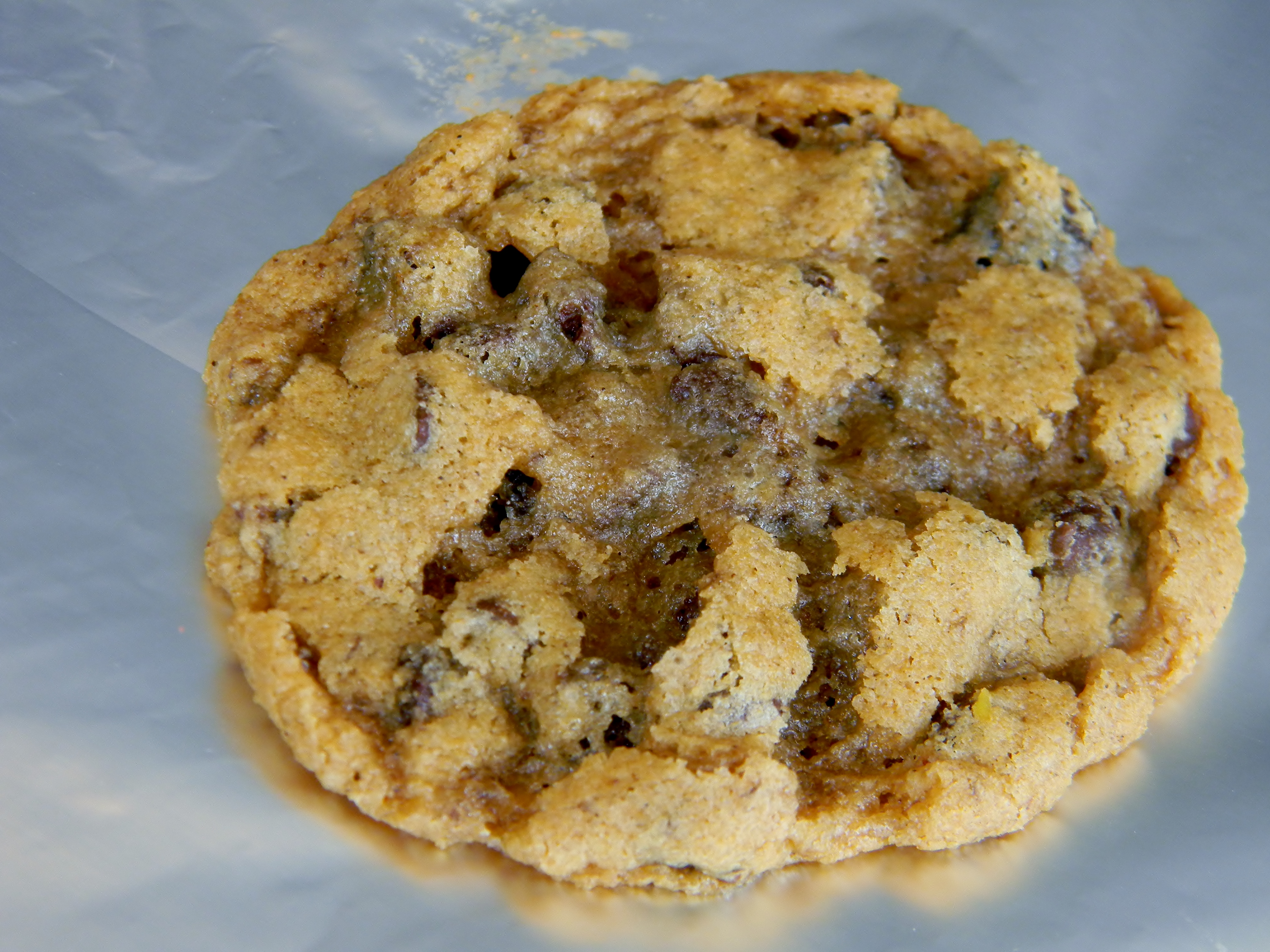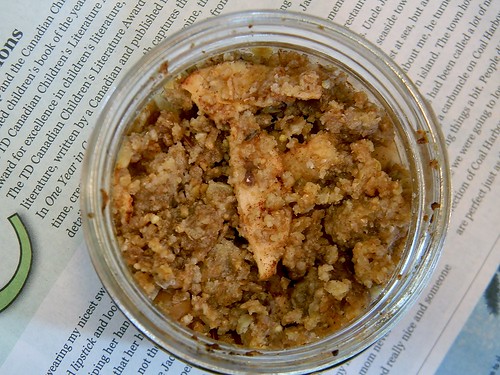Delicious Diabetes
Cooking for One or Two People
Author: Michelle Berriedale-Johnson
Publisher: RobertRose (2014)
 Diabetes used to be an “old people”
disease. Unless you were one of the unlucky few children born with Type I,
destined for a life of chronic carb-watching and insulin shots, the thought of
developing the condition never occurred until later in life. Unfortunately,
2.4% of children in the US have Type II (previously “adult onset”) diabetes,
and in Canada over a million of the people diagnosed with either type are under
65. Thanks to the prevalence of fast food, convenience eating and sedentary
lifestyles, it’s not shocking that the numbers are growing so fast – but thankfully
a healthier diet and lifestyle prove time and time again to manage the disease
and reduce the risk of internal damage. Food choices, though, were relatively
slim when Type II diabetes was relegated to a small portion of the population.
Protein- and fat-exclusive diet regimes filled the dietitian’s cookbooks, with
buckets of artificial sweetener and often horrible flavours and/or textures.
Thankfully, these days the options are not so few and far between, and single
cooks are not left out with books like Delicious Diabetes Cooking for One or
Two People by Michelle
Berriedale-Johnson.
Diabetes used to be an “old people”
disease. Unless you were one of the unlucky few children born with Type I,
destined for a life of chronic carb-watching and insulin shots, the thought of
developing the condition never occurred until later in life. Unfortunately,
2.4% of children in the US have Type II (previously “adult onset”) diabetes,
and in Canada over a million of the people diagnosed with either type are under
65. Thanks to the prevalence of fast food, convenience eating and sedentary
lifestyles, it’s not shocking that the numbers are growing so fast – but thankfully
a healthier diet and lifestyle prove time and time again to manage the disease
and reduce the risk of internal damage. Food choices, though, were relatively
slim when Type II diabetes was relegated to a small portion of the population.
Protein- and fat-exclusive diet regimes filled the dietitian’s cookbooks, with
buckets of artificial sweetener and often horrible flavours and/or textures.
Thankfully, these days the options are not so few and far between, and single
cooks are not left out with books like Delicious Diabetes Cooking for One or
Two People by Michelle
Berriedale-Johnson.
Delicious Diabetes has over
70 recipes practically designed for one or two, both in portion size and ease
to make. While the book is marketed as a “diabetic” cookbook, the dishes are
suitable for almost anyone and can be doubled or tripled if the need arises.
Other diets, especially gluten and dairy, look to be easily accommodated as
well, and the whole book strives to prove that diabetic-friendly cooking is
easy and accessible by using simple techniques and generally available
ingredients. Recipes for every meal are included, from Soups
and Starters to Eggs, Seafood, Lamb, Vegetables and Vegetarian Dishes, holiday
meals and even chapters on Desserts and Baking. Each recipe contains
nutritional information and diabetic exchanges as a helpful guide, although
depending on the specific brands and tweaks readers use the mileage will vary. Most
ingredients get their own mini-summary as well, with particular notes as to
which common items may be a problem for “fragile” diabetics.
Berriedale-Johnson also does a bit of
medical discussion in this book as well, giving readers unfamiliar with the
basics of diabetes a run-down of symptoms, blood sugar control, alternative
sweeteners and the importance of generally good nutrition for disease
management. This advice doesn’t come out of thin air, either, since the author
has been discussing “special diets” in her cookbooks and on the website Food Matters since the early 1990’s. This
experience also explains the nutrition tips and dietary alternatives peppering the book, which in addition to catering for those
diets encourages cooks to taste and adapt recipes to make them their own. Looking at the nutrition of some recipes, however, can remind readers of the diabetic recipes from the “old days” – while sugar is kept to a minimum, some of the recipes are very high in saturated fat, with higher sodium and calorie counts than generally recommended in a single serving. This is concerning, especially since diabetics have twice the risk for heart attack or stroke, both of which can be prevented with the use of heart-healthier oils, lower-fat dairy products and less meat-reliant dishes.
Unfortunately, the recipes I tried out were less enticing to eat than the book promised. The Carrot and Red Lentil Soup (p. 15) was in desperate need of salt, and the Hot Plum Dessert (p.131) had an overwhelming flavour from the chickpea flour that I enjoyed but those unused to bean flours found off putting and a poor match for the fruit. Baking from this book was hit and miss – the Strawberry Oat Crumble (p. 128) crisped nicely and adapted well to the use of stevia (in place of the agave called for). I would suggest the optional flour over cornmeal for this recipe for a more traditional look and feel. The Chocolate Brownies (p. 118), though, were by far the biggest disappointment – the gluten free mixture of dry ingredients lacked any form of binder (such as egg or guar gum) to keep it together, leading to the bars essentially self-destructing when I tried to cut them. I can’t say it was a huge shock, albeit an unfortunate one, since I have baked gluten free for years. There was a silver lining to the recipe, thanks to my prior knowledge and experience: By mixing the crumbs from the whole pan of the original recipe with 2 eggs and 1/3 cup of milk and baked it in a 9" pan for 20 minutes I was rewarded with a delicious gluten free item that truly resembled box-mix brownies.
Unfortunately, the recipes I tried out were less enticing to eat than the book promised. The Carrot and Red Lentil Soup (p. 15) was in desperate need of salt, and the Hot Plum Dessert (p.131) had an overwhelming flavour from the chickpea flour that I enjoyed but those unused to bean flours found off putting and a poor match for the fruit. Baking from this book was hit and miss – the Strawberry Oat Crumble (p. 128) crisped nicely and adapted well to the use of stevia (in place of the agave called for). I would suggest the optional flour over cornmeal for this recipe for a more traditional look and feel. The Chocolate Brownies (p. 118), though, were by far the biggest disappointment – the gluten free mixture of dry ingredients lacked any form of binder (such as egg or guar gum) to keep it together, leading to the bars essentially self-destructing when I tried to cut them. I can’t say it was a huge shock, albeit an unfortunate one, since I have baked gluten free for years. There was a silver lining to the recipe, thanks to my prior knowledge and experience: By mixing the crumbs from the whole pan of the original recipe with 2 eggs and 1/3 cup of milk and baked it in a 9" pan for 20 minutes I was rewarded with a delicious gluten free item that truly resembled box-mix brownies.
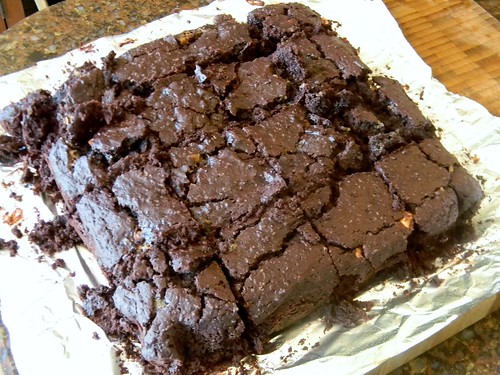 |
| Chocolate Brownies (p. 118) |


